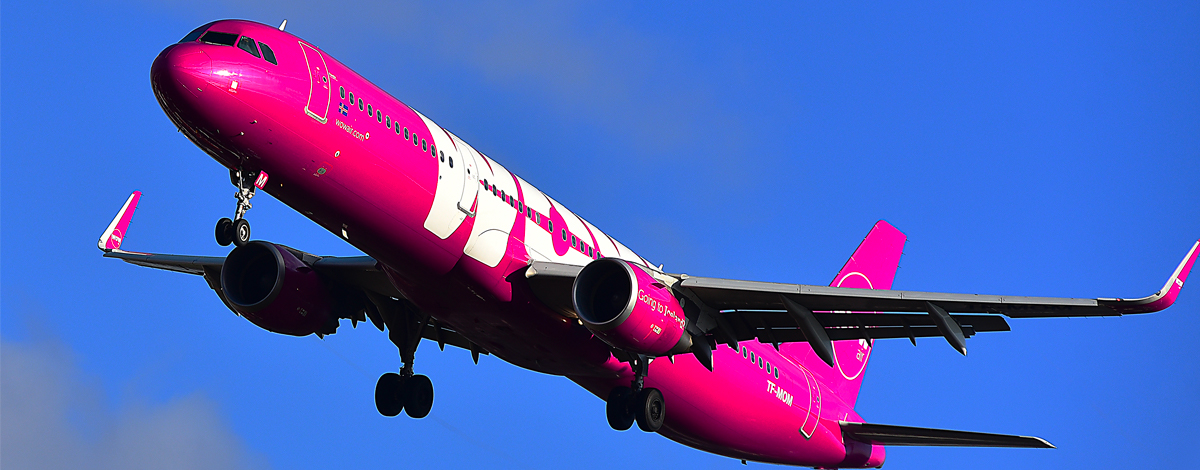It’s no secret that flying can be stressful. Ask any frequent traveller to regale you with tales of their ‘flight from hell’ and you’ll be swamped under anecdotes about leg cramps, screaming babies, unfriendly security folk and expensive administrative errors. But while there’s not much you can really do about a loud child or obnoxious seatmate, most frequent flier problems can be sorted with nothing more complex than a little pre-planning. Fancy a relaxed journey to your next meeting or holiday destination? Follow these simple rules to make sure things run as smooth as possible:
Pre-Flight
Most of us think a stressful flight starts the moment we board the plane, but we couldn’t be further from the truth. From misprinted boarding passes to run-ins with security, the hours before the plane flies are a potential minefield of migraine-inducing disasters. We’ve identified the most-common:
Boarding Passes – Budget airlines especially are notorious for this. Before travelling you’re required to print off a flimsy sheet of paper to present at the desk for boarding; only your printer’s not working. Simple: you just leave it until you get to the airport. And there’s your mistake: airlines like Ryanair and Easy Jet will charge you an extortionate amount to print a new one, sometimes in excess of the ticket cost itself. If you’re flying with a company that requires you to print your boarding pass, make sure you do so.
Spelling Mistakes – In your hurry to book you may accidentally misspell your name or get your passport number slightly wrong. This sets you up for a devastating clash with security: if they’re having a bad day you may potentially be forbidden from flying, so this is an important one. Always double – then triple – check your name and number before you hit ‘book’.
Excess Baggage – Many people fall foul of the baggage restrictions on flights. If your carry on is too big, or your suitcases too heavy, you could incur a sizeable fine (or even have to abandon your possessions). All flight websites will have the acceptable sizes and weights listed somewhere. Make sure you follow them.
In-Flight
Congratulations, you’ve sailed through check-in, breezed through security and made it onto the plane. Now you just need to tackle the flight itself:
Entertainment – Most airlines will have some form of entertainment available to passengers. A trip with icelandair for example, provides large touchscreen TVs which make watching movies that little more comfortable. However, the quality across airlines can vary wildly and sometimes ‘entertainment’ seems little more than another way of saying “torture”. Most frequent fliers have learnt to bring their own music or portable DVD player from home to ensure against this eventuality. If you’re lucky enough to be on a Wi-Fi enabled flight, you can even pay a small amount to log onto the internet and get some work done.
Barriers – It sounds unfriendly, but you’ll probably want certain ‘barriers’ to deploy throughout your time in the air. By barriers, we mean things that can block out sound and light, allowing you to sleep or escape from the whine of engines. An eye mask and some earplugs should do the trick; giving you the option of simply switching off and dozing until the aircraft lands.
Comfort – Unless you’re flying first class, you probably won’t find your seat optimised for human comfort. Especially on a long-haul flight, simply bringing along a neck-cushion, blanket and tiny refreshment kit can make all the difference between passing your time in peace and landing with a killer neck-ache and deep-seated feeling of grumpiness. If your flight has the option, also booking seats away from walkways and toilets ensures you won’t be disturbed.
Hydration – Finally, the altitude and lack of humidity in an airplane cabin can result in all sorts of minor unpleasantness due to dehydration. By ensuring you have enough liquid and avoid alcohol you should be able to combat these effects sufficiently.




